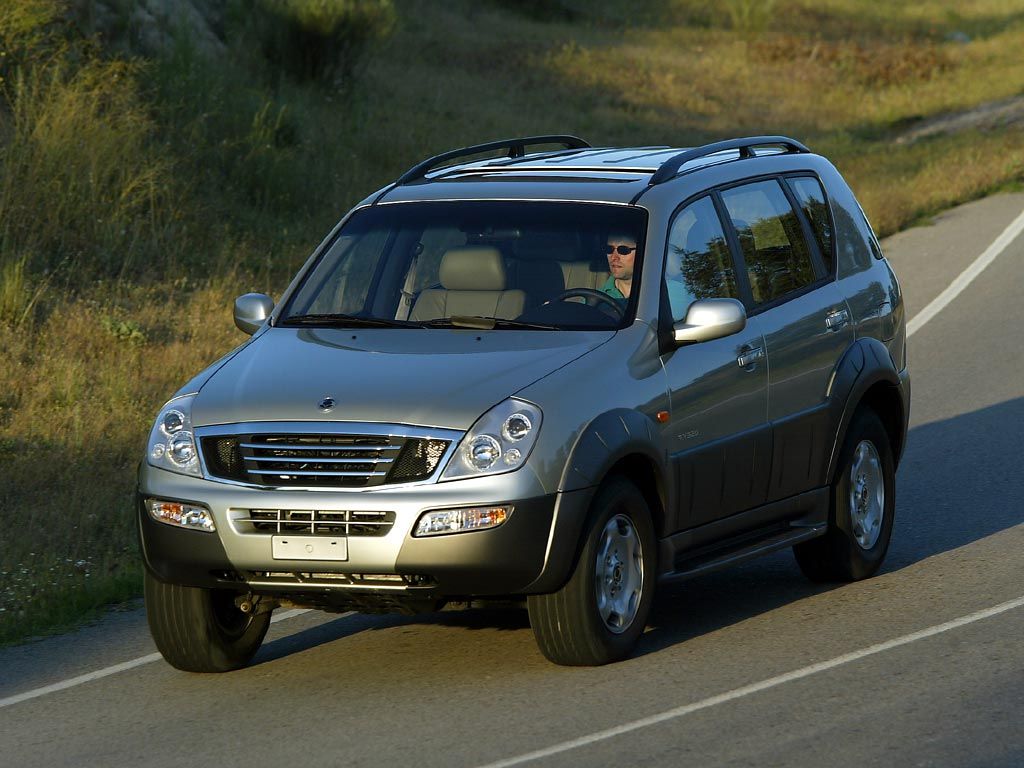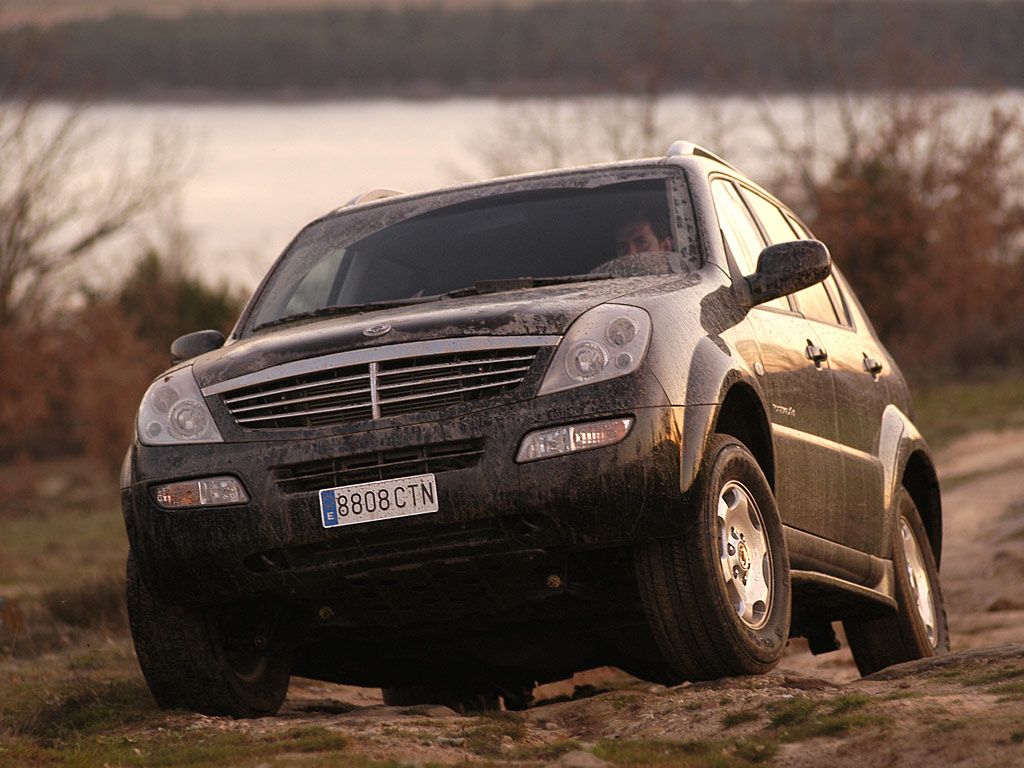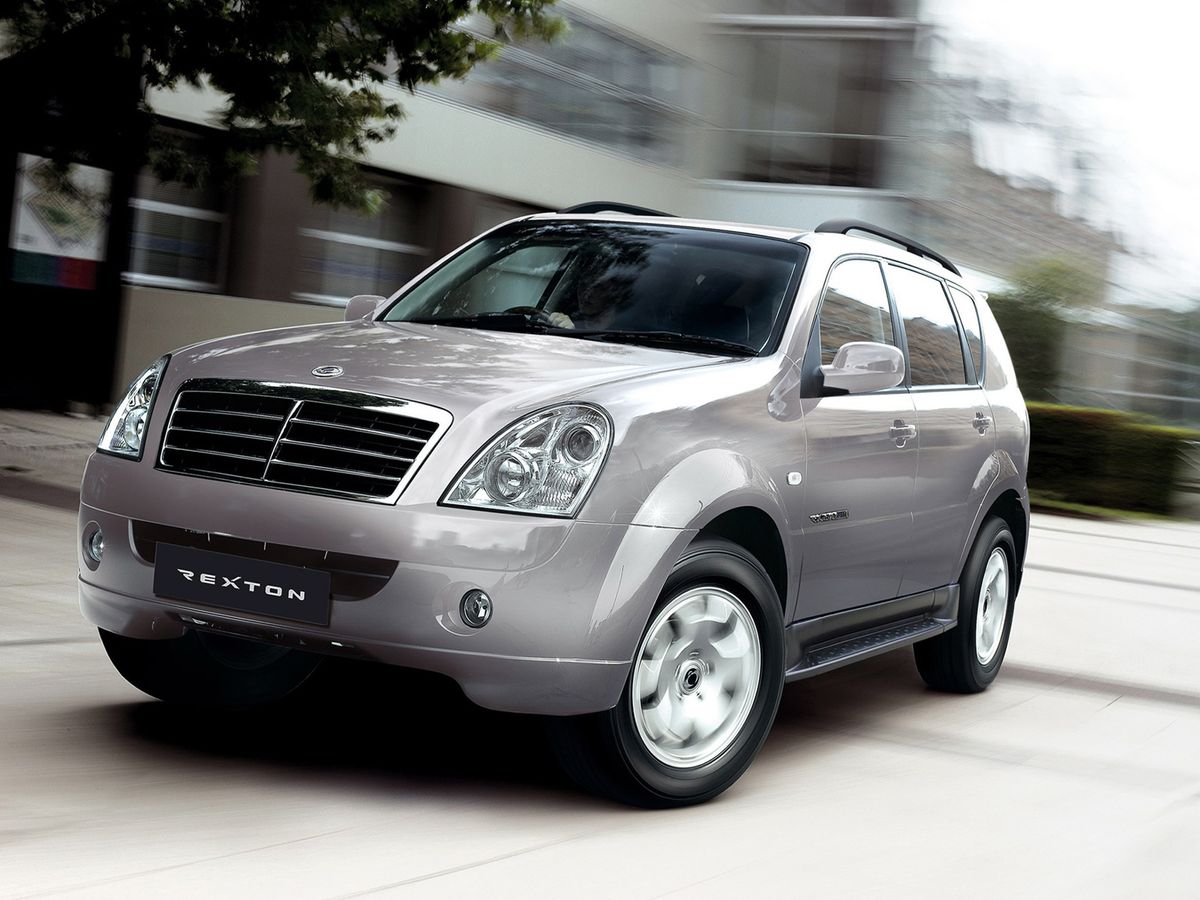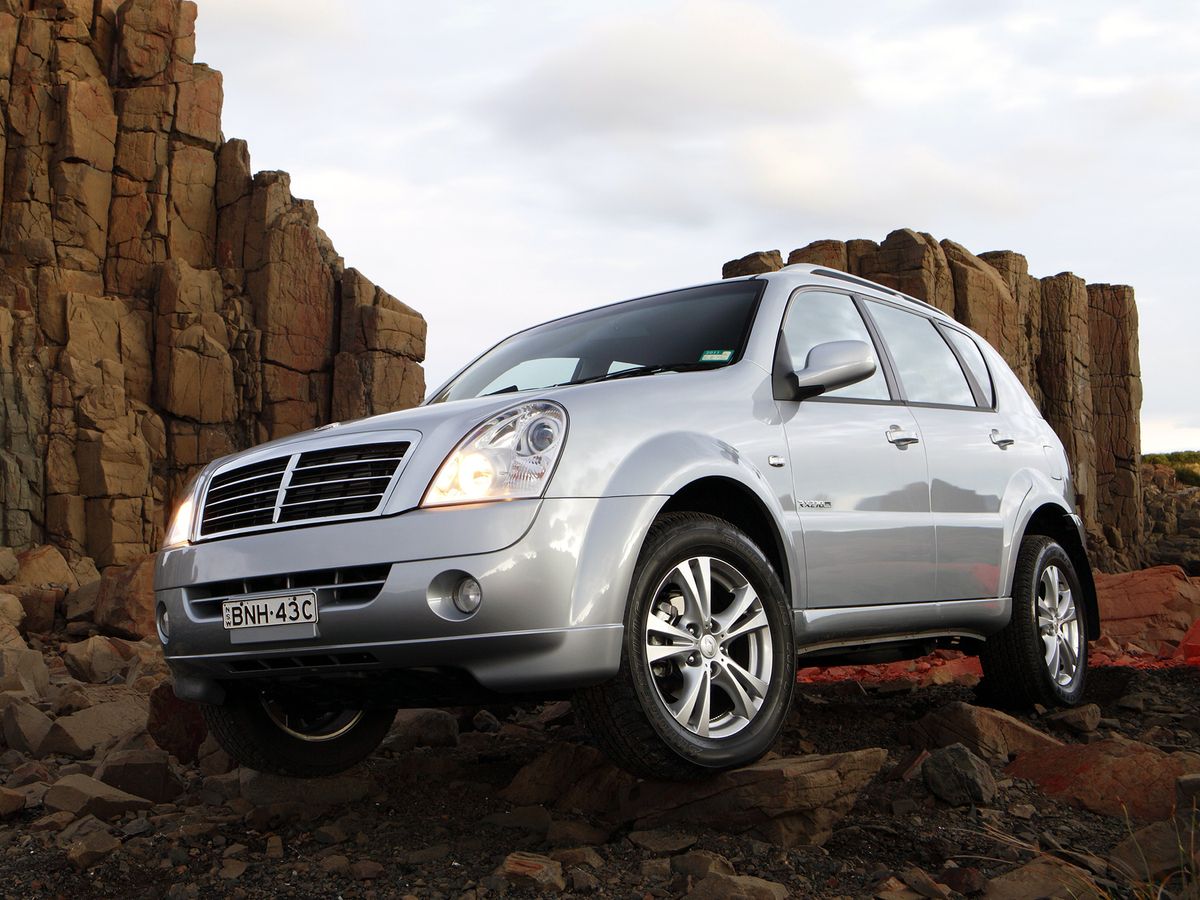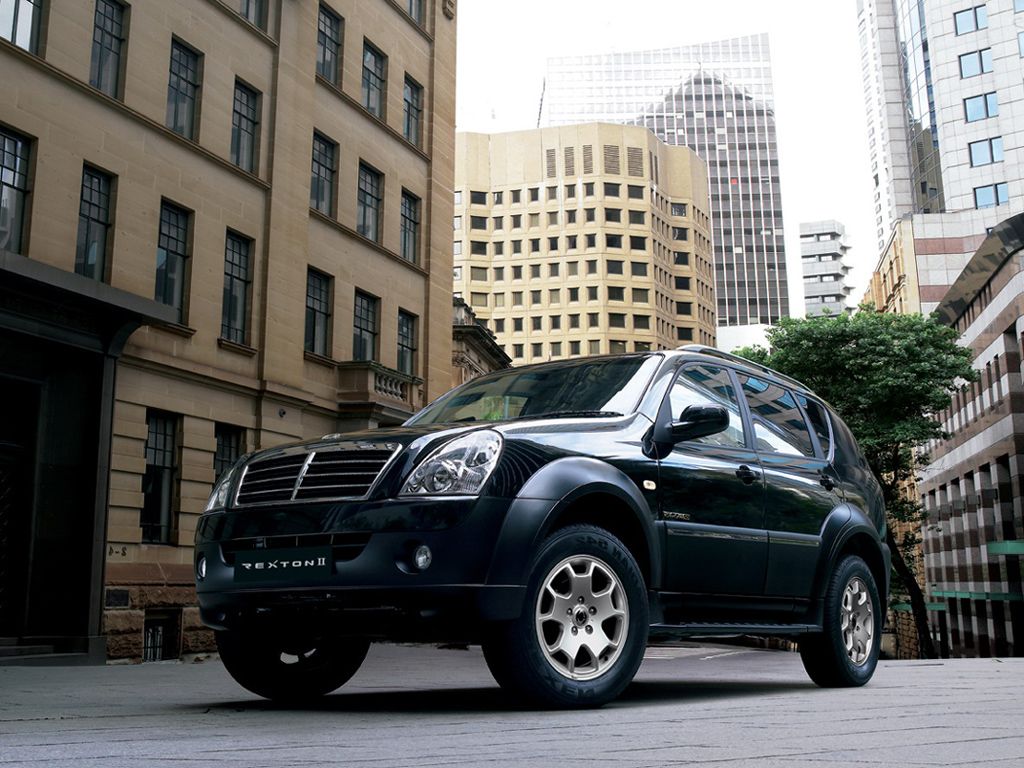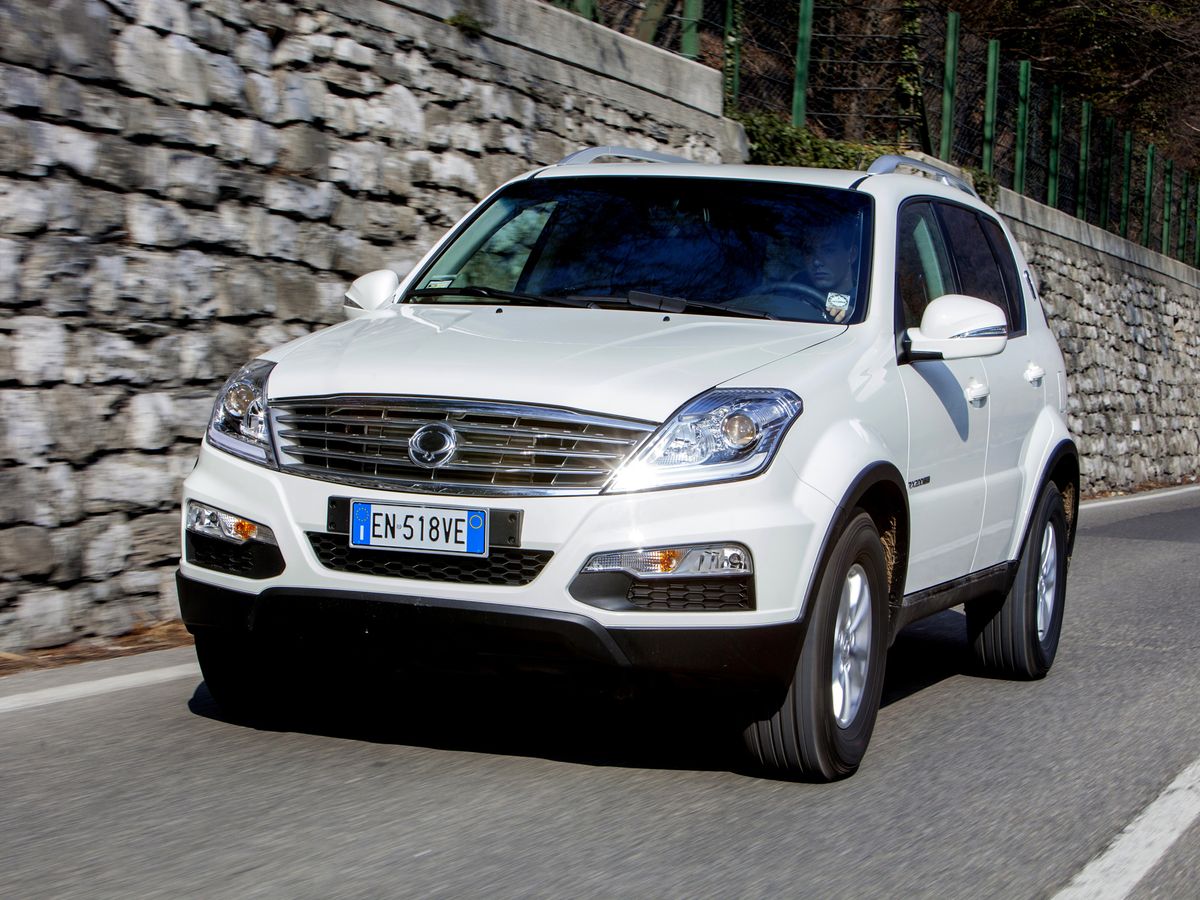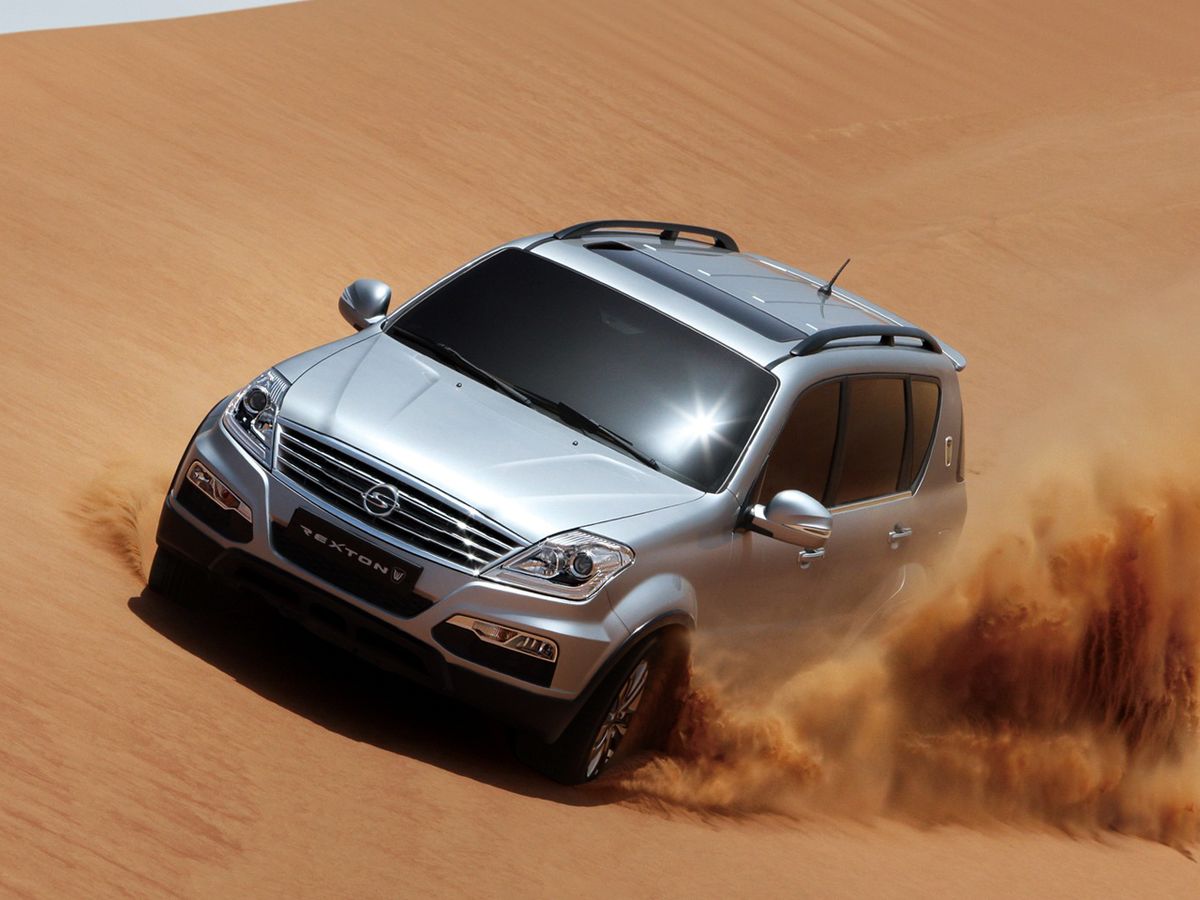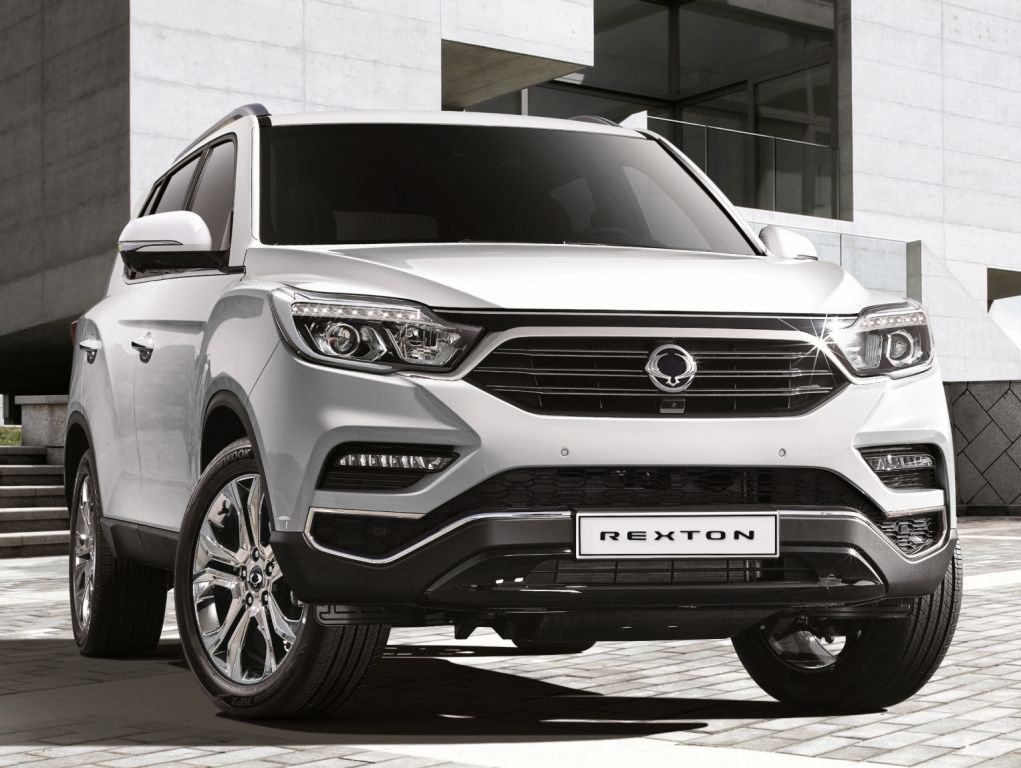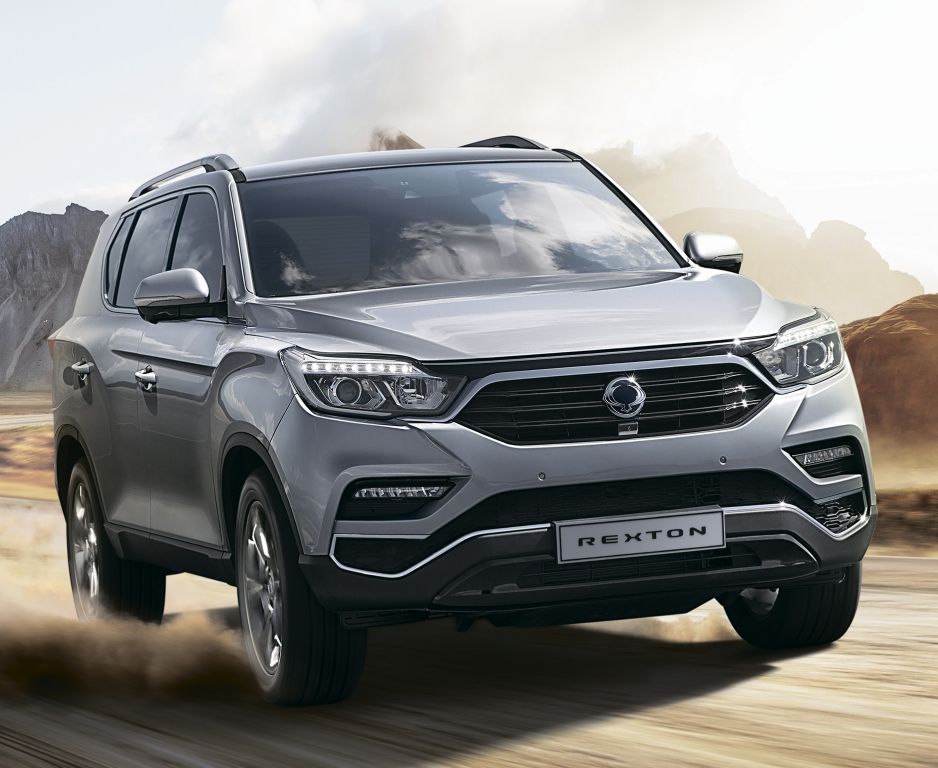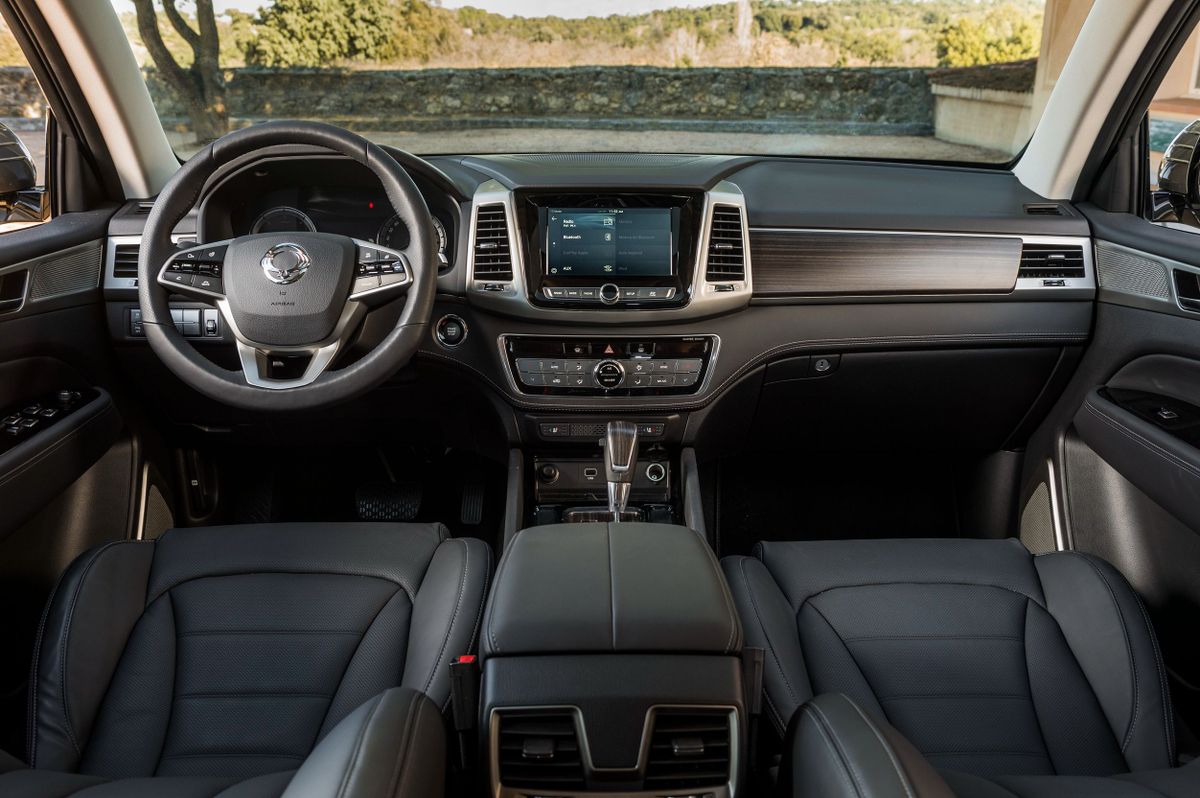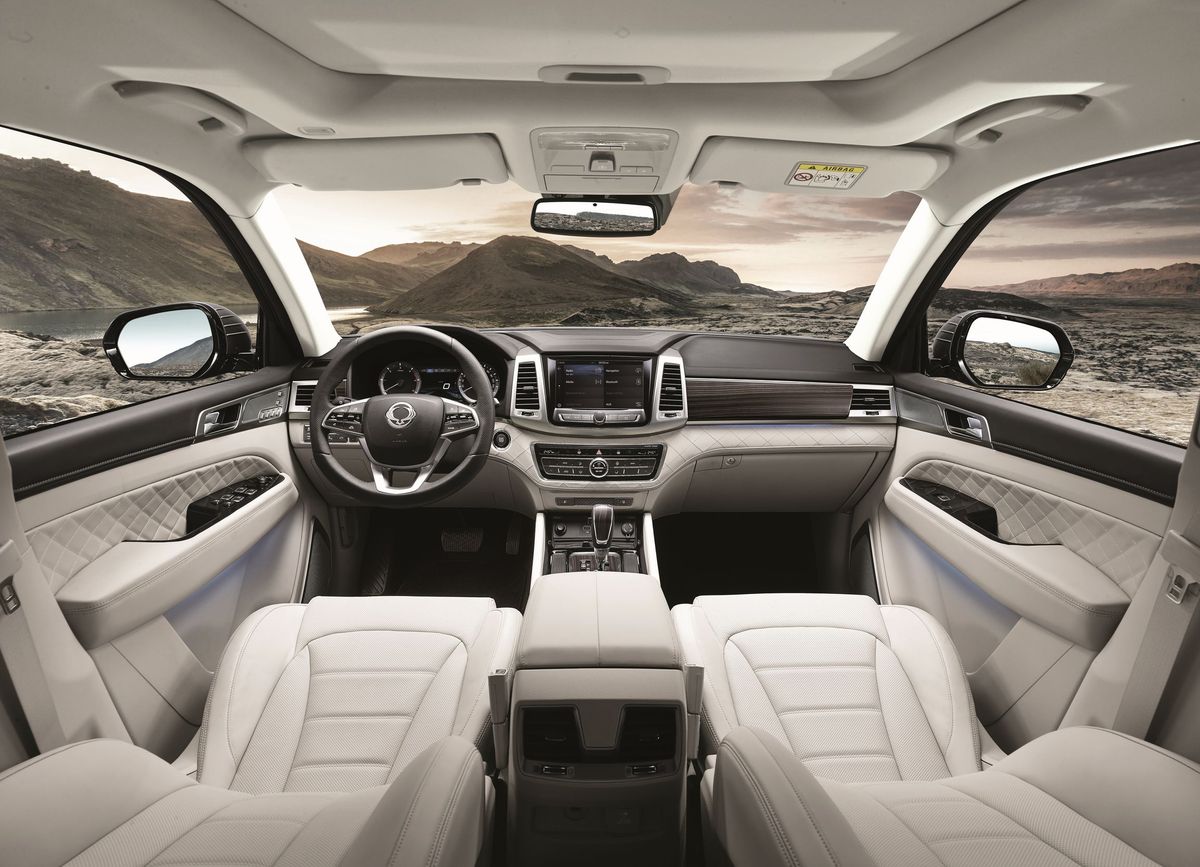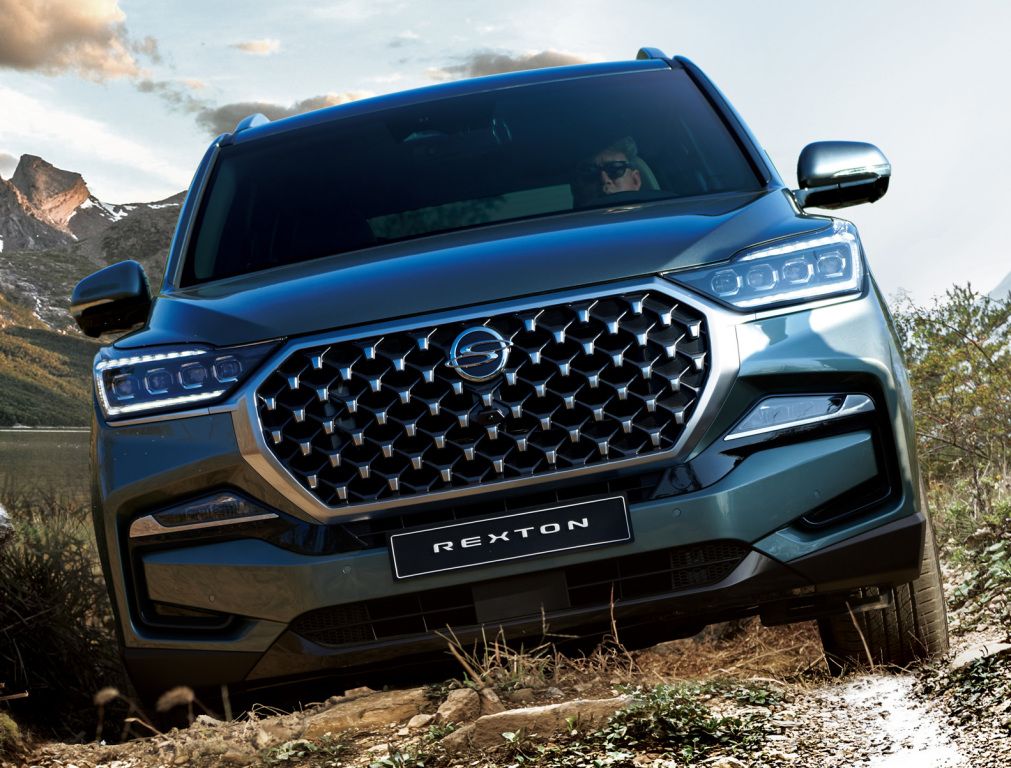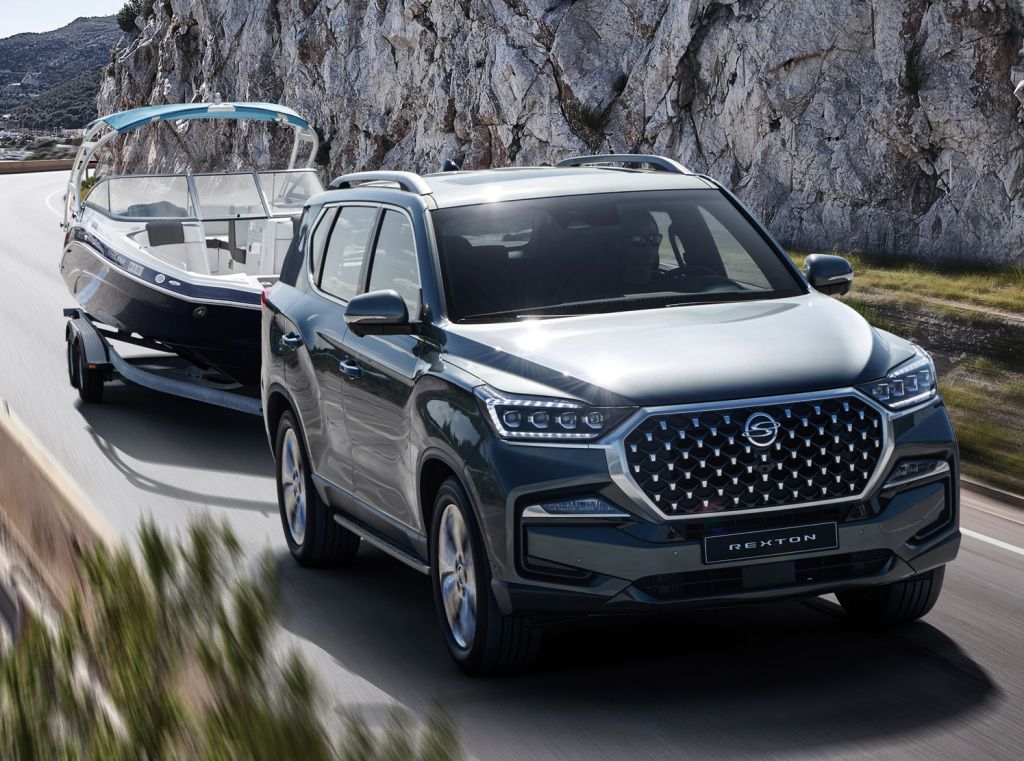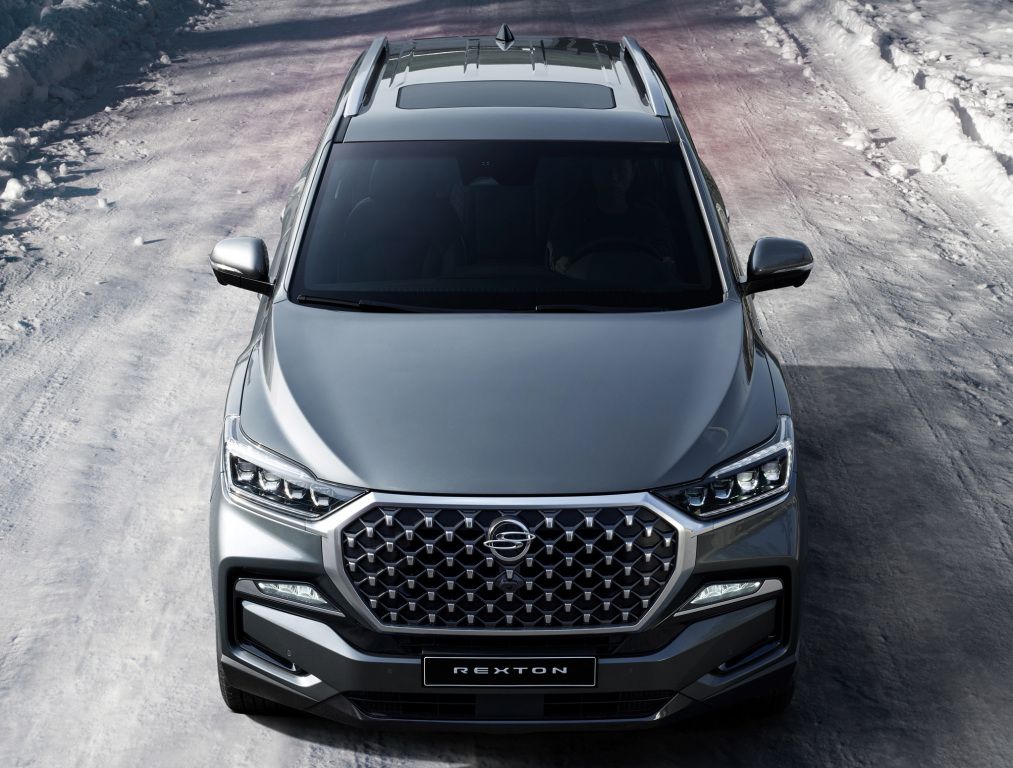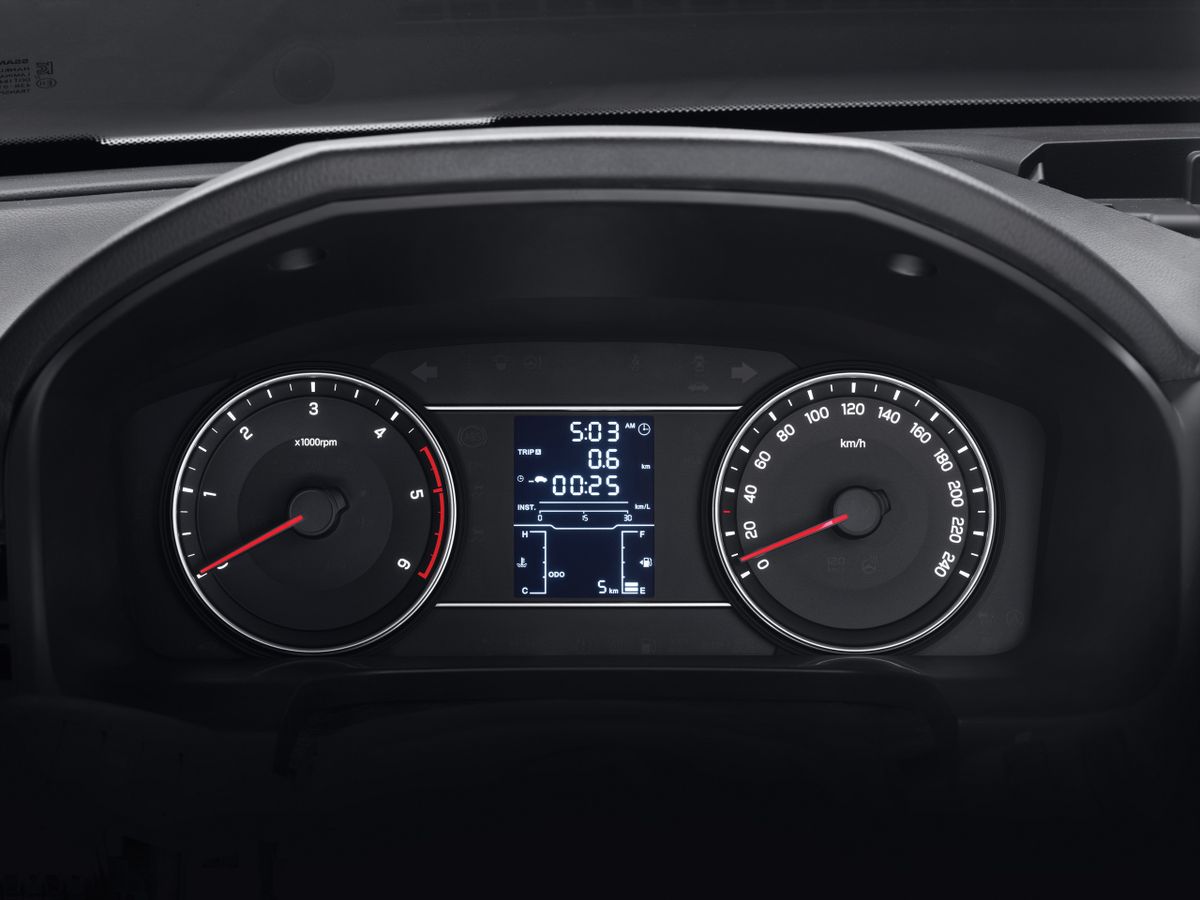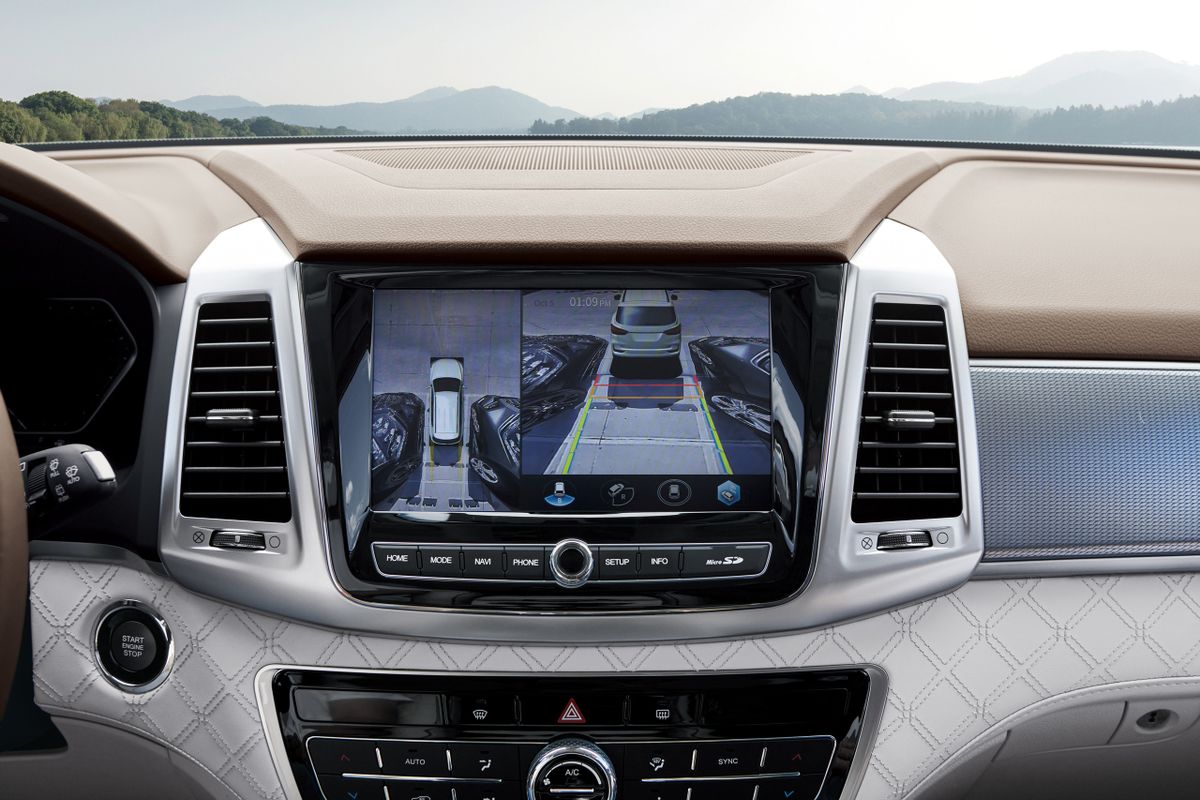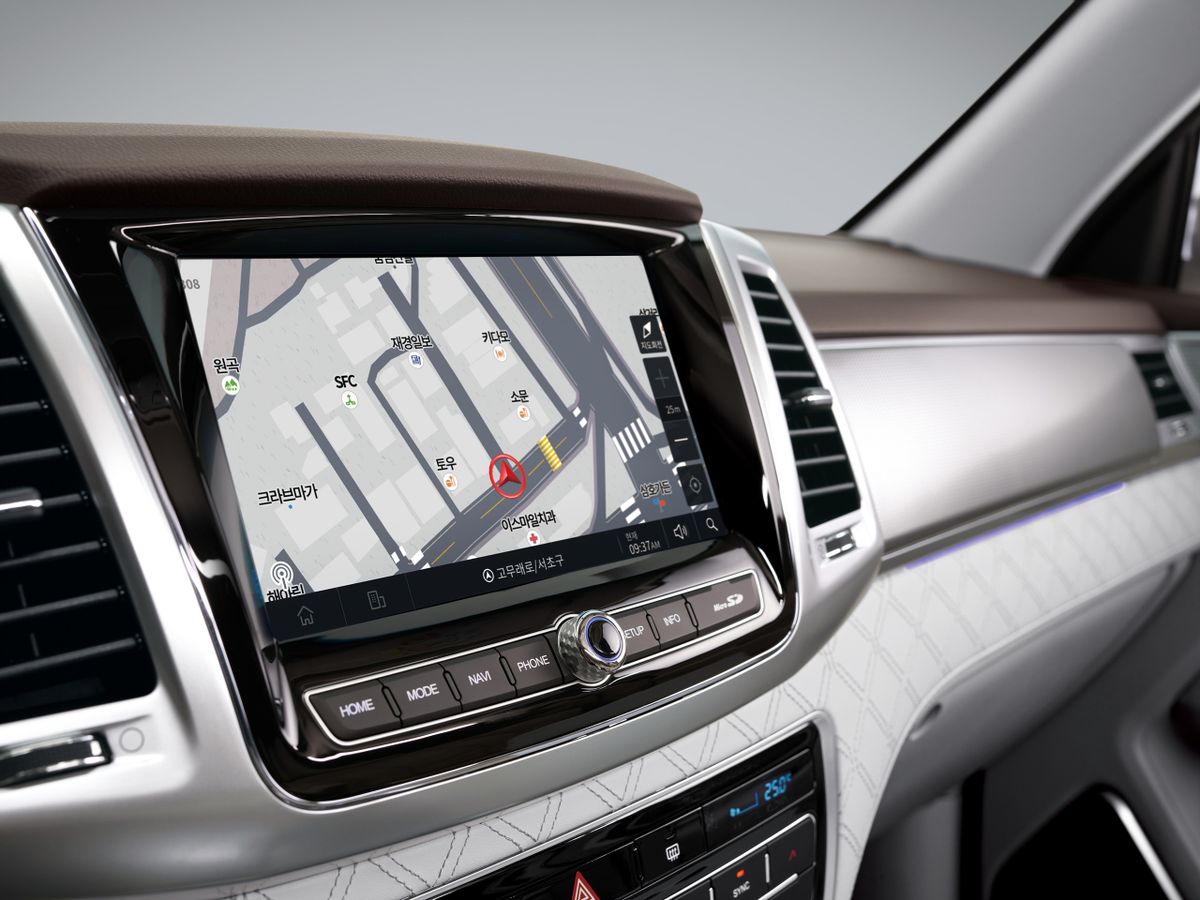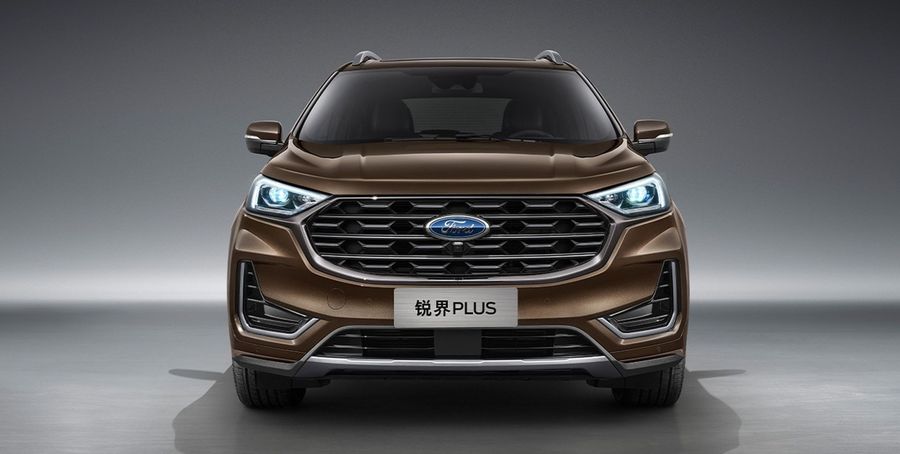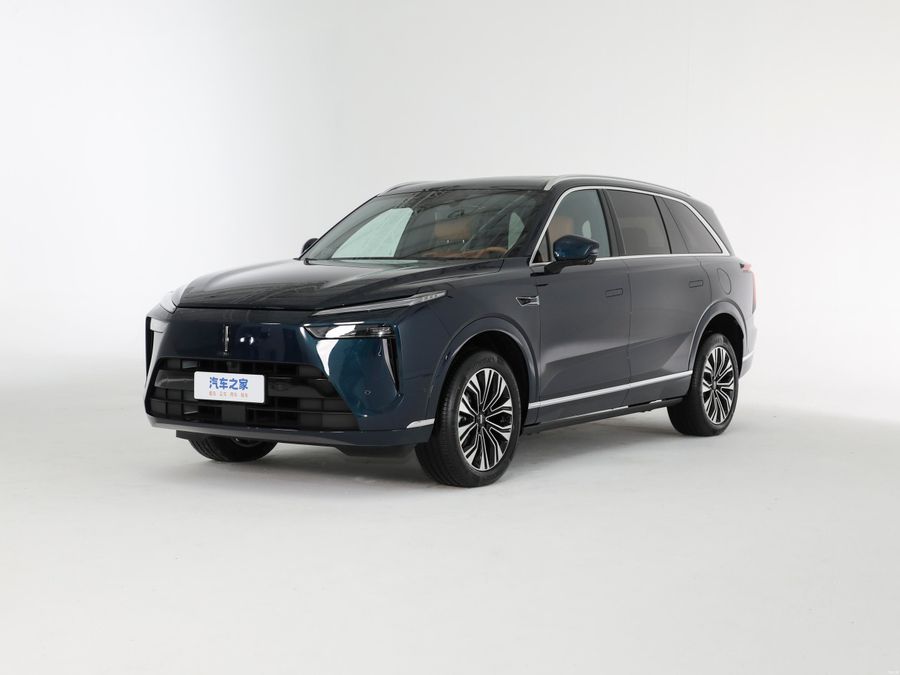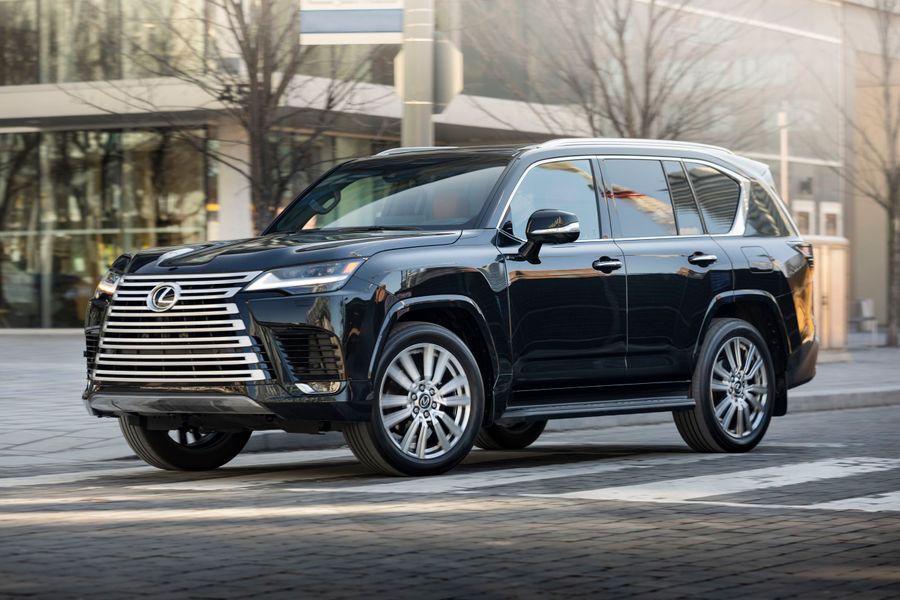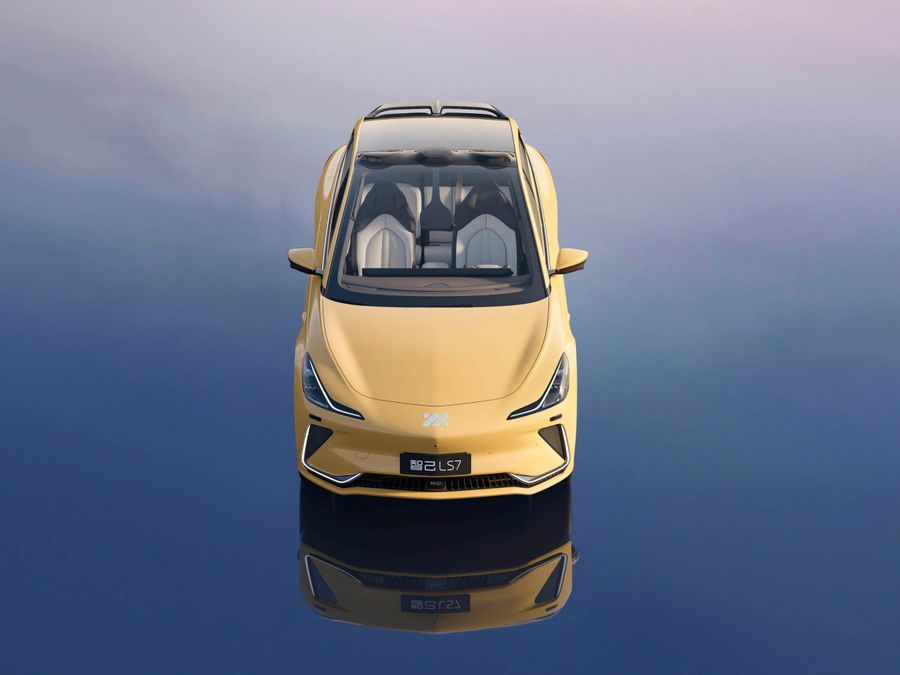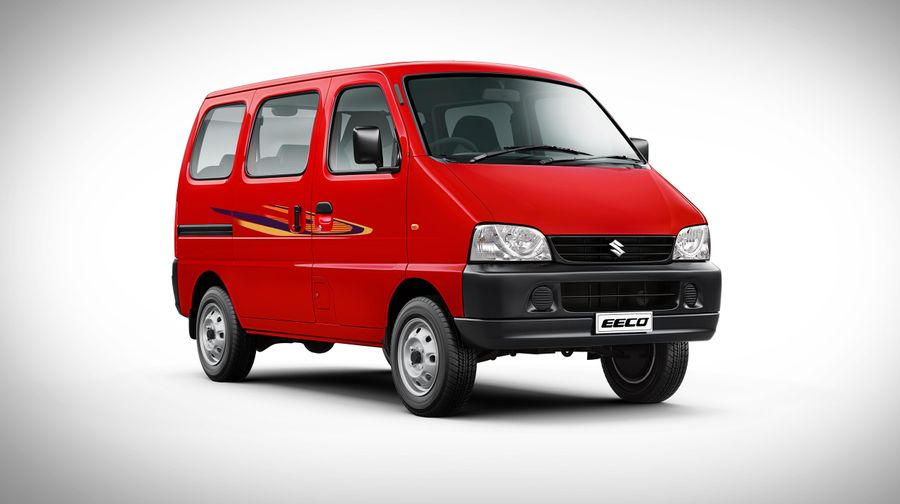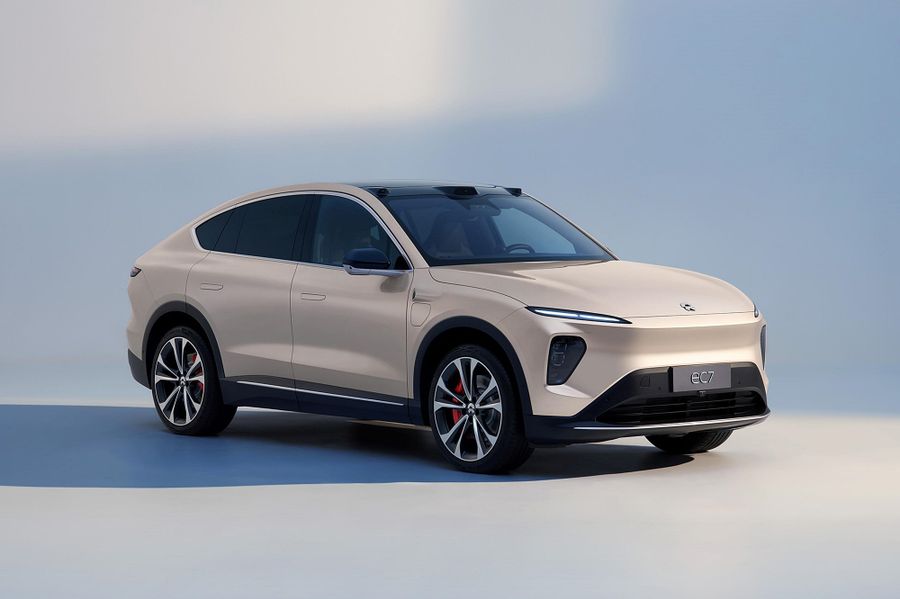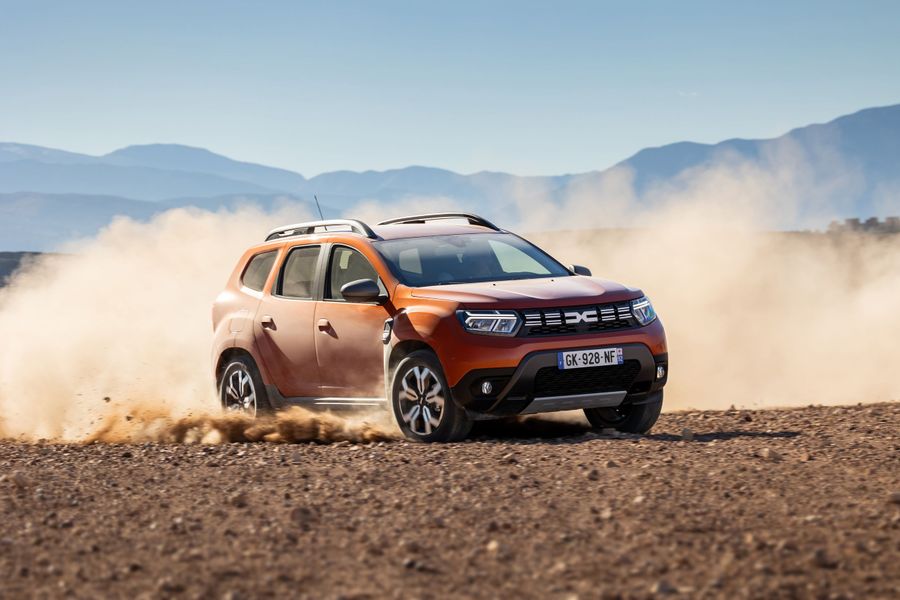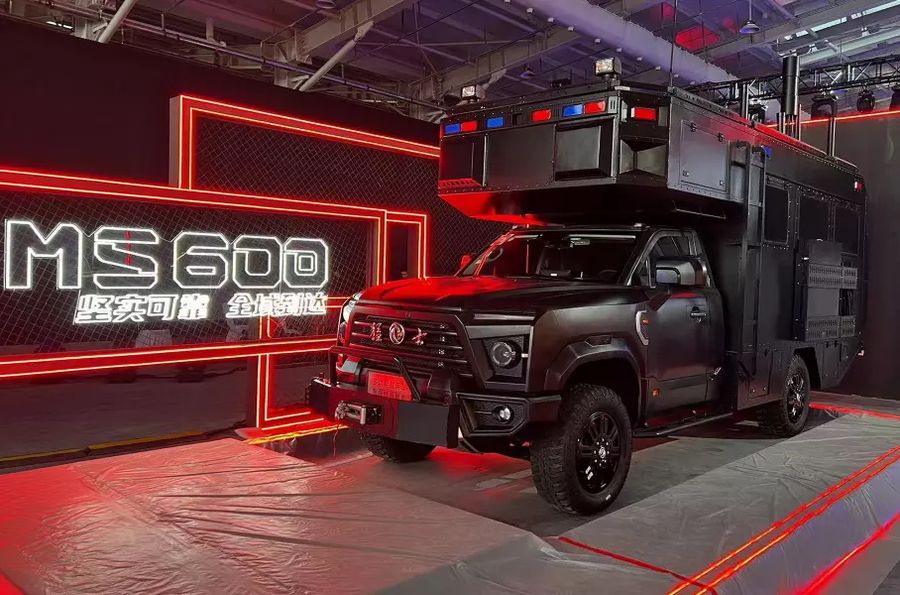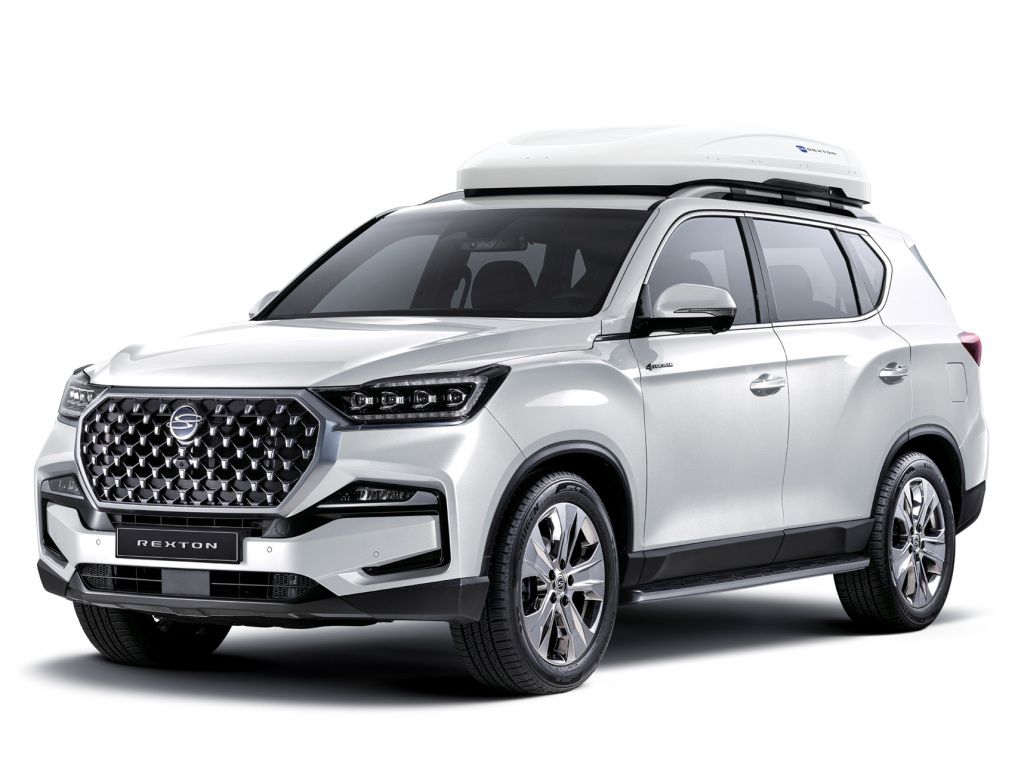
Body-on-frame classics from the ‘Land of Morning Calm’
The SsangYong Rexton is a mid-size SUV produced by the South Korean company SsangYong since 2001. Currently, Israeli buyers can purchase the second generation Rexton, restyled in 2019 and equipped with a diesel engine and automatic transmission (as of 2021).
The Korean SUV combines Italian design, German Mercedes-Benz units and American Borg Warner all-wheel drive system. The vehicle was based on a powerful spar-type frame and a solid rear drive axle with the ability to connect the front axle. The vehicle was equipped with gasoline or diesel engines with an automatic or manual transmission.
The SsangYong Rexton keeps up with the times. The modern SUV has a discreet and elegant design that perfectly emphasizes the individuality and character of its owner. This vehicle will look great both in a busy traffic and on dirt roads far from civilization.
The first generation
The first generation vehicle, based on the Mercedes-Benz M-class, was produced from 2001 to 2017, and was restyled several times. For an SUV, the Rexton had a good drag coefficient of 0.39. The vehicle was designed for harsh climatic conditions.
At the beginning, the SsangYong Rexton was equipped with the licensed Mercedes engines, including a 2.3 liter gasoline 4-cylinder engine (150 hp) or 3.2 liter gasoline 6-cylinder engine (220 hp), as well as a 2.9-liter turbocharged diesel engine with 120 hp. The vehicle could be equipped with a 5-speed manual transmission or a 4-speed automatic transmission. The SUV was available in five-seater and seven-seater versions. Later, the model had a version with a multi-link rear suspension and automatic front axle connection. In 2003, the SUV acquired a 2.7-liter diesel engine, developing 164-170 hp, and a new 5-speed automatic transmission.
The rear seats were equipped with adjustable backrests, which allowed increasing the trunk from 925 to 2,020 liters by folding the seats. Moreover, standard equipment included climate control, a six-speaker sound system, power windows, heated seats, mirrors and windshield, fog lights, and 16-inch alloy wheels. Safety was ensured by such electronic systems as ABS, EBD, BA, ESP and front airbags.
2007 restyling
In 2007, the Rexton underwent a major restyling. The SUV acquired a new exterior: new headlights, a bumper, a radiator grille and chrome appliques on the wheel arches made the vehicle look more modern and respectable. The passenger compartment was finished with better materials.
In addition to the exterior, the technical characteristics were also adjusted. Changes were made to the suspension and steering, while the car body acquired better torsional stiffness. A little later, the SUV could be equipped with a new 2 liter diesel engine with 148-155 hp, coupled with a 6-speed automatic transmission.
2012 restyling
After the next restyling in 2012, the vehicle acquired a new front face (headlights, bumper, grille) and taillights, as well as a completely new interior design, which began to look more respectable and solid. The SUV could boast of two new versions.
- The ‘classic’ version was equipped with a 2.7-liter turbocharged diesel engine combined with a manual transmission and a plug-in all-wheel drive system without a center differential. The SUV had an independent suspension at the front and a spring rigid axle suspension at the rear. The design of this vehicle was simple and reliable. This SUV was a real deal for off-road conditions, but it was perhaps too brutal for city streets. At the same time, the ‘basic’ Rexton clearly did not reach the level of modern luxury SUVs.
- The second version seemed to be more perfect. It was equipped with the same engine that was supplemented by a new T-Tronic automatic transmission, which allowed changing gears manually using a ‘flag’ located at the end of the selector. The all-wheel drive system was completely different: it was Torque-on-demand type with a viscous coupling in the center differential. By default, all the engine thrust was transferred to the rear wheels, and when they slipped, the torque automatically began to move forward, up to 50%.
- The third, top-end version featured a fully independent front and rear suspension, as well as a fundamentally different all-wheel drive system. This transmission was called AWD (All Wheels Drive) and provided a constant distribution of thrust in a ratio of 40:60 between the front and rear wheels.
After 2012, the SsangYong Rexton was available in three different versions, which could satisfy any SUV-related preferences of different buyers.
The Rexton’s road stability was ensured by the independent suspension and the advanced all-wheel drive system. Of course, the tall and heavy SUV rolled pretty often when turning and when changing lanes, but the uneven road surface could not knock it off course when turning. A new engine was responsible for good dynamics: a modern 2.7-liter XVT diesel engine with variable geometry of the turbine and intake tract. With a relatively modest working volume, it produced 186 hp. The torque exceeded 400 Nm, and the maximum output was achieved at 1,600 rpm. There was also a 220-hp 3.2-liter gasoline engine, which was also installed on the previous generation vehicles.
In 2015, the Koreans started producing a version with a 2.2-liter diesel engine with 178 hp (torque - 400 Nm) in combination with a 6-speed manual transmission or the new 7-speed automatic 7G-Tronic. It featured a new vertical grille, front seat ventilation, xenon headlights and a tire pressure monitoring system.
There were other new things: for example, LED fog lights and rear and front-view cameras (in front, there was a peephole under the logo). The vehicle featured a new multimedia system with a seven-inch touchscreen and an HDMI connector for connecting an external display. The upgraded Rexton was produced with rear or rigidly connected all-wheel drive. The simpler vehicles had a solid rear axle, and the more expensive ones had a multi-link rear suspension, which was installed on the versions with a part-time transmission and a reduction gear.
The second generation, 2017
It has been produced from 2017 to the present, while its restyling took place in 2019. The first generation Rexton, albeit with all the improvements, had been produced for 16 years. Therefore, its full-fledged second generation, presented at the Seoul Auto Show in March 2017, opened a new page in the history of the Korean company. This is truly a new model that has little in common with the old Rexton. According to the developers, it has undergone a ‘revolution’ related to style, safety, technology and riding characteristics.
Compared to its predecessor, the new SsangYong Rexton has become longer and wider, and the wheelbase has grown by 30 mm (2,865 mm). The body, despite not performing a load-bearing function, is made of high-strength steel (81.7%). This is the first SsangYong SUV to feature 20-inch wheels. The chassis configuration is the same as that of the expensive versions of the old Rexton: the double wishbone suspension at the front and the multi-link suspension at the rear. In some countries, basic versions are rear-wheel drive only. The 4Tronic all-wheel drive transmission implies a rigid connection of the front axle, the presence of a reduction gear, and the fully electronic control.
The second generation of the Rexton opened a new page in the history of the Korean company. This is truly a new model that has little in common with the old one.
The new Rexton is sold in foreign markets with a new 2-liter gasoline engine with 225 hp and 350 Nm of torque. This power train is proprietary, has turbocharging and direct fuel injection, and is complemented by a 6-speed automatic transmission from Aisin (Japan).
The passenger compartment of the second generation SsangYong Rexton is seven-seater or five-seater, plus there is enough space for the second row seats. The interior has a traditional design, and the expensive versions are truly luxurious. The top-end versions have the seats and some interior elements upholstered in genuine nappa leather. The media system has a 9.2 inch display and supports Apple CarPlay interfaces. The dashboard has a seven-inch color screen.
The list of options includes an Infinity audio system, an electric drive for the fifth door with an automatic opening function (for this, it takes three seconds to stand holding a key tag at the rear of the vehicle), an engine start button, dual-zone climate control, and all-round cameras. A set of electronic systems is responsible for active safety, including automatic braking, lane departure warning and blind spot monitoring systems, while passive safety is ensured by nine airbags.
2019 restyling
The restyling of 2019 was quite humble and was primarily related to exterior. The SUV has acquired a new radiator grille with a three-dimensional structure that is entirely covered with chrome. The blind spot monitoring and lane departure warning systems are included in the entry-level trim, and the rear door windows are now equipped with roller blinds. Plus, the new key has a headlamp button that allows you to easily find your vehicle in a dark parking lot.
It was not the last restyling. In November 2020, the vehicle was upgraded again. This version is not yet on sale, but it can be identified by the design of the front face with a wide octagonal grille, a modified bumper with smaller fog lights and LED headlights. The stern architecture remains the same, but the lights have got new filling (the reverse sections are located in the additional lower blocks), and the rear bumper with chrome inserts is slightly retouched. The size has practically not changed: the length and width are the same, while the height has been increased by 25 mm, up to 1,825 mm. The wheelbase is 2,865 mm and the ground clearance is 224 mm. The design of the rims has been renewed (17-20 inches).
The SsangYong Rexton keeps up with the times. The modern SUV has a discreet and elegant design that perfectly emphasizes the individuality and character of its owner. This vehicle will look great both in a busy traffic and on dirt roads far from civilization.
The passenger compartment has been slightly upgraded. The list of changes includes: a 12.3-inch display of the virtual dashboard, a transmission joystick instead of the classic lever and a new 4-spoke steering wheel, plus there are new door panels, expensive finishing materials and a modified media system with a 9-inch screen appeared in the interior.
The 2.2-liter e-XDi turbo diesel engine has been redesigned and now produces 202 hp and 440 Nm against the previous 181 hp and 420 Nm. And the Mercedes 7G-tronic automatic transmission was replaced by a new 8-speed automatic transmission. Some foreign markets will offer a modification with a 2.0 liter turbo gasoline GDI 4-cylinder engine (225 hp, 350 Nm), which is paired with a 6-speed manual transmission or Aisin automatic transmission. And the old power steering was replaced by an electric power steering.
The list of auxiliary equipment includes adaptive cruise control, automatic braking systems, lane departure warning and blind spot monitoring systems (in addition, it knows how to monitor the space around the car during a stop for the safe exit of passengers) and an electronic assistant for driving with a trailer, as the Rexton with a modified a turbocharged diesel can transport loads weighing up to three tons.


